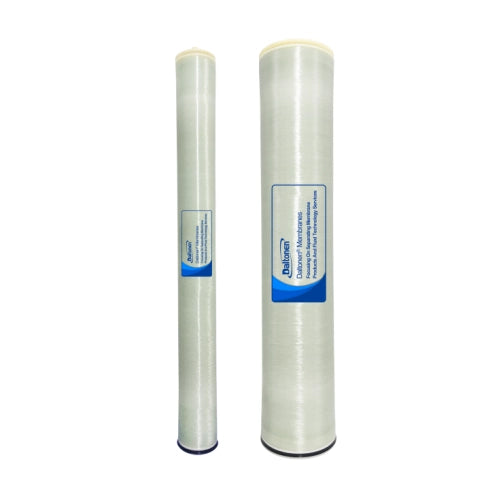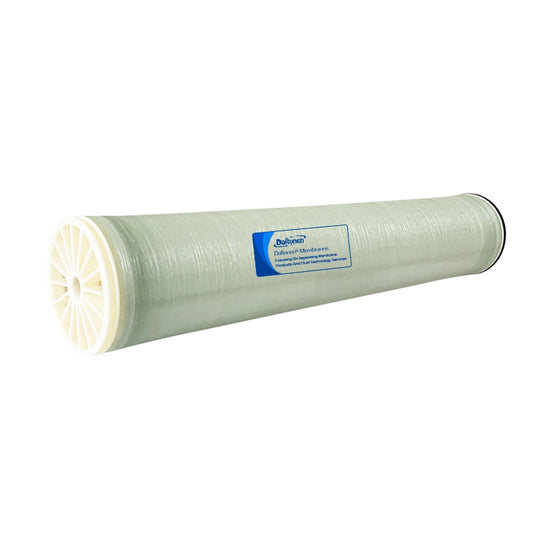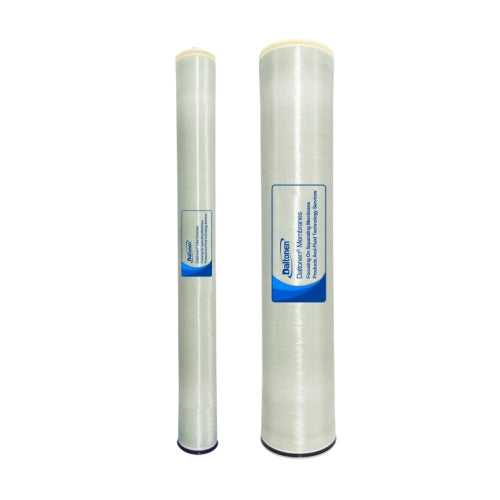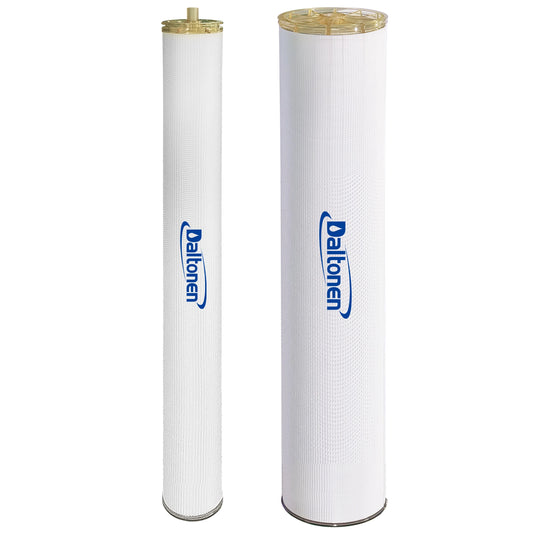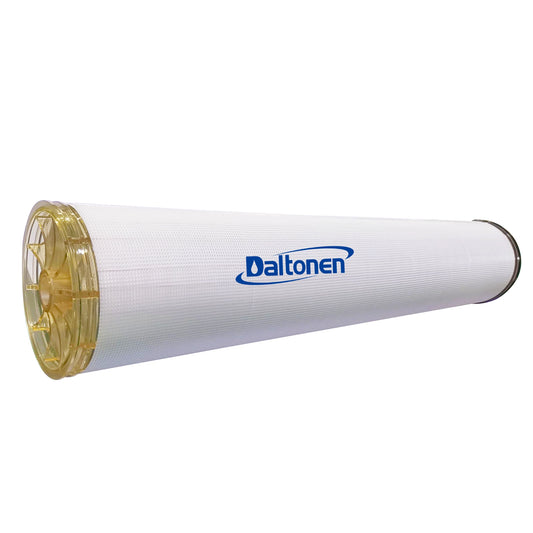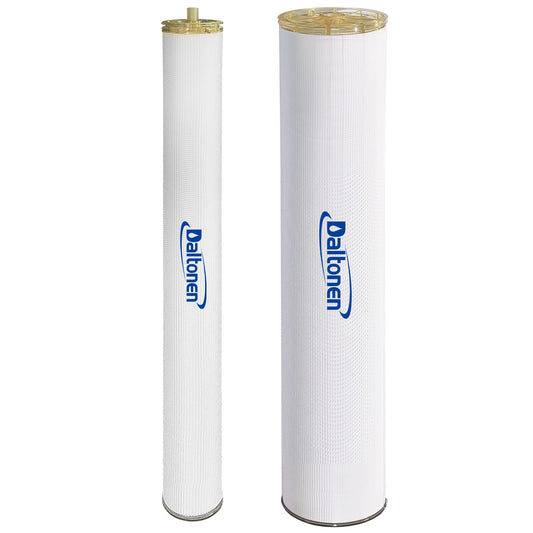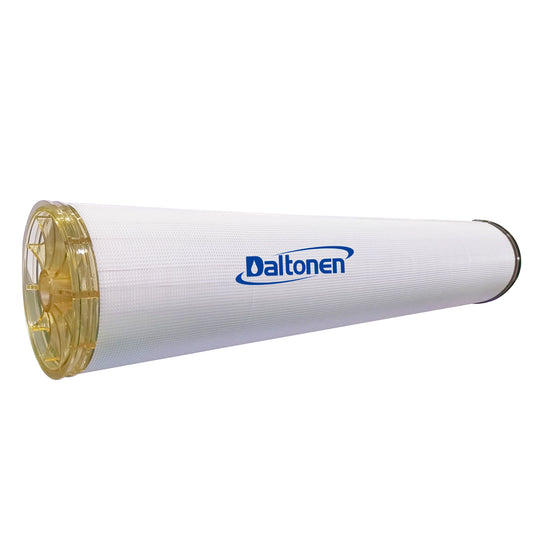Hollow Fiber Ultrafiltration Membrane Cooling Water System Water Supply Process
19 May 2025
Process Flow of Hollow Fiber Ultrafiltration Membrane Cooling Water System Water Supply
-
Raw Water Pretreatment Stage
-
Mechanical Filtration
-
Multimedia Filter: Removes suspended solids (SS), silt, rust, etc. The filter media are quartz sand and anthracite coal, with a filtration accuracy of ≤50μm.
-
Self-Cleaning Filter (Optional): Fully automatic backwashing to protect the ultrafiltration membrane from large particle impacts.
-
-
Water Quality Adjustment
-
Disinfection and Algae Control: Add sodium hypochlorite (1-3mg/L) or non-oxidizing biocides to inhibit microbial growth.
-
pH Adjustment: If the raw water is acidic (e.g., pH<7), add NaOH to adjust to neutral (pH 6.5-7.5) to reduce membrane fouling.
-
-
-
Ultrafiltration Membrane Treatment Stage
-
Membrane Module Selection
-
Material: Hollow fiber membranes made of polyvinylidene fluoride (PVDF) or polyethersulfone (PES), which are resistant to oxidation and fouling.
-
Pore Size: 0.01-0.1μm, capable of retaining bacteria (99.99%), colloids, and large molecular organic substances (such as humic acid).
-
Membrane Flux: Design flux of 50-100LMH (liters/square meter·hour), with a conservative value chosen based on water quality.
-
-
Operation Mode
-
Full Flow Filtration/ Cross Flow Filtration: For low-pollution water quality, full flow filtration is used (recovery rate ≥90%); for high-pollution water quality, cross flow filtration is used (recovery rate 70-85%).
-
Backwashing: Every 30-60 minutes, combined air and water backwashing (0.1-0.3MPa, lasting 30 seconds) is performed to restore membrane flux.
-
-
Key Parameters
-
Operating Pressure: 0.1-0.3MPa
-
Inlet Water Temperature: 5-40℃ (to avoid membrane aging due to high temperature)
-
Transmembrane Pressure Difference (TMP): ≤0.15MPa (chemical cleaning is triggered when exceeded)
-
-
-
Post-Treatment and Recirculation
-
Scale and Corrosion Inhibition Treatment
-
Scale Inhibitor Addition: Add scale inhibitors (such as polyacrylic acid) to the ultrafiltration product water to prevent scaling in the recirculating cooling water system (CaCO₃, CaSO₄).
-
Corrosion Inhibitor Addition: Add corrosion inhibitors (such as molybdates) to protect the metal surfaces of pipes and heat exchangers.
-
-
Recirculating Water System
-
The ultrafiltration product water enters the cooling tower or heat exchanger for recirculation. The concentrate (backwash drainage) is discharged to the wastewater treatment system or reused.
-
-
-
Maintenance and Management
-
Chemical Cleaning
-
Frequency: Every 3-6 months or when TMP increases by 20%.
-
Cleaning Agents: 0.1% NaOH + 0.05% NaClO (for removing organic matter and biological contamination); 0.2% citric acid (for removing inorganic scale).
-
-
Membrane Lifespan: Under normal maintenance, the lifespan is 3-5 years, with a flux attenuation rate of ≤10%/year.
-

-
Brief Scheme Design
Core Equipment Configuration
-
Pretreatment Unit: Multimedia filter, dosing equipment (biocides, pH adjusters)
-
Ultrafiltration System:
-
PVDF hollow fiber ultrafiltration membrane modules (e.g., SFP-2660 type)
-
Backwashing pump, compressed air system, PLC automatic control system
-
-
Post-Treatment Unit: Scale inhibitor dosing pump, corrosion inhibitor dosing equipment
-
Recirculation System: Cooling tower, heat exchanger, recirculation pump
Expected Water Quality Indicators
| Item | Inlet Water Quality (Typical Value) | Ultrafiltration Product Water Quality |
|---|---|---|
| Turbidity (NTU) | ≤20 | ≤0.2 |
| SDI15 (Pollution Index) | ≤5 | ≤3 (meets the requirements for reverse osmosis feed water) |
| Total Bacteria Count (CFU/mL) | ≤10⁴ | ≤10 |
| TOC (mg/L) | ≤5 | ≤1 |
Advantages and Precautions
Advantages
-
High-Efficiency Retention: Thoroughly removes suspended solids, colloids, and microorganisms, reducing the risk of scaling and corrosion in the cooling water system.
-
Low Energy Consumption: Low operating pressure (0.1-0.3MPa), with lower operating costs compared to reverse osmosis.
-
Automation: PLC control can achieve automatic backwashing, dosing, and fault alarms.
Precautions
-
Water Quality Monitoring: Real-time monitoring of SDI, TOC, and residual chlorine to avoid damage to membrane materials from excessive oxidants.
-
Concentrate Water Treatment: Backwash drainage contains high concentrations of pollutants and should be included in the plant's wastewater system for treatment.
-
Freeze Protection: In cold regions, insulation of membrane modules and pipes is required to prevent freezing and cracking.
Tags:
